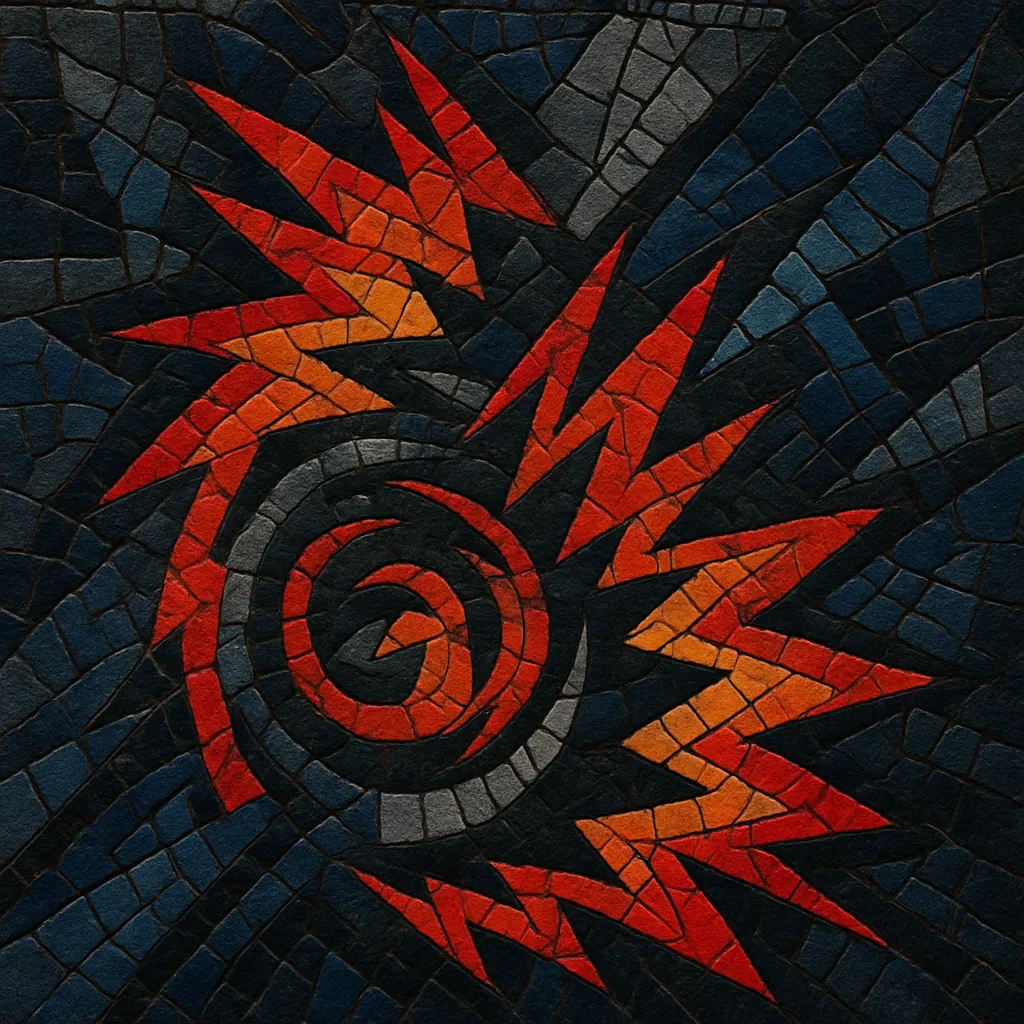Hard trance is a high‑energy branch of trance that emerged in the German rave scene in the early–mid 1990s. It pairs the genre’s long, euphoric breakdowns and melodic hooks with tougher production: punchy, often clipped 909‑style kicks, off‑beat open hi‑hats, grinding or rolling basslines, and aggressive supersaw or acid leads.
Typically running around 138–148 BPM, hard trance emphasizes dramatic builds, snare rolls, white‑noise risers, and tension‑and‑release drops. Its harmonic language leans minor and modal, producing a mood that is simultaneously uplifting and intense. The result is a club‑ready sound designed for big rooms and festivals, bridging early trance euphoria with techno’s percussive bite.
Hard trance grew out of Germany’s early rave and techno ecosystem. As techno and acid house accelerated and trance took shape, DJs and producers began pushing faster tempos, harder kicks, and more aggressive synths, while retaining trance’s long melodic breakdowns. Belgian and Dutch scenes (notably labels tied to Bonzai and related imprints) also contributed to the harder, rave‑focused sound.
By the mid‑1990s, the style coalesced: pounding 4/4 drums, off‑beat hi‑hats, driving basslines, detuned supersaw riffs, and 303‑style acid patterns. German labels, clubs, and compilations (e.g., Tunnel, Tracid Traxxx, Overdose, Dos or Die) disseminated the sound. Anthemic tracks with big snare‑roll build‑ups and cathartic drops became scene staples.
Hard trance peaked across Central Europe, the UK, and Japan. Artists like Scot Project, Kai Tracid, DuMonde, Hennes & Cold, and Cosmic Gate defined the era with riff‑driven, festival‑ready singles. In Japan, Yoji Biomehanika helped globalize the “hard dance” identity, blurring lines between hard trance and emerging harder forms.
As the 2000s progressed, the scene branched: some producers moved toward tech‑trance or mainstream euphoric (“Euro‑trance”), while others leaned into heavier kicks and reverse‑bass aesthetics that fed directly into early hardstyle. Simultaneously, UK hard dance and freeform hardcore (aka trancecore) absorbed hard trance’s melodic intensity and arrangement logic.
Though less dominant than at its peak, hard trance remains influential. Its sound design and build‑drop grammar informed hardstyle (including nu‑style), hands up, makina, and segments of modern festival trance and techno. Periodic revivals, reissues, and contemporary homages keep its energetic, emotive formula alive in clubs and on festival stages.


